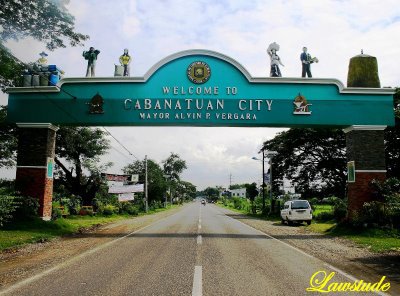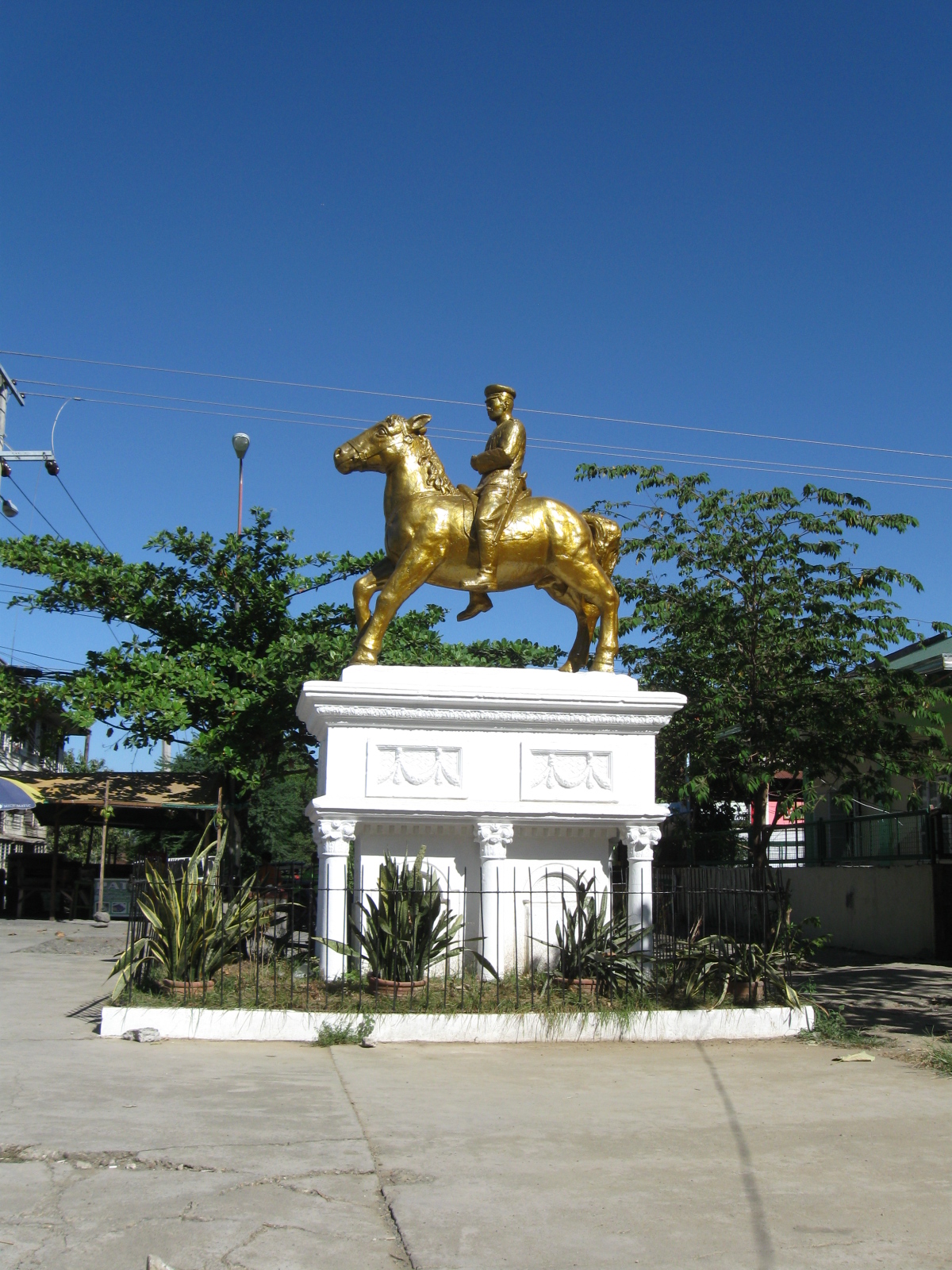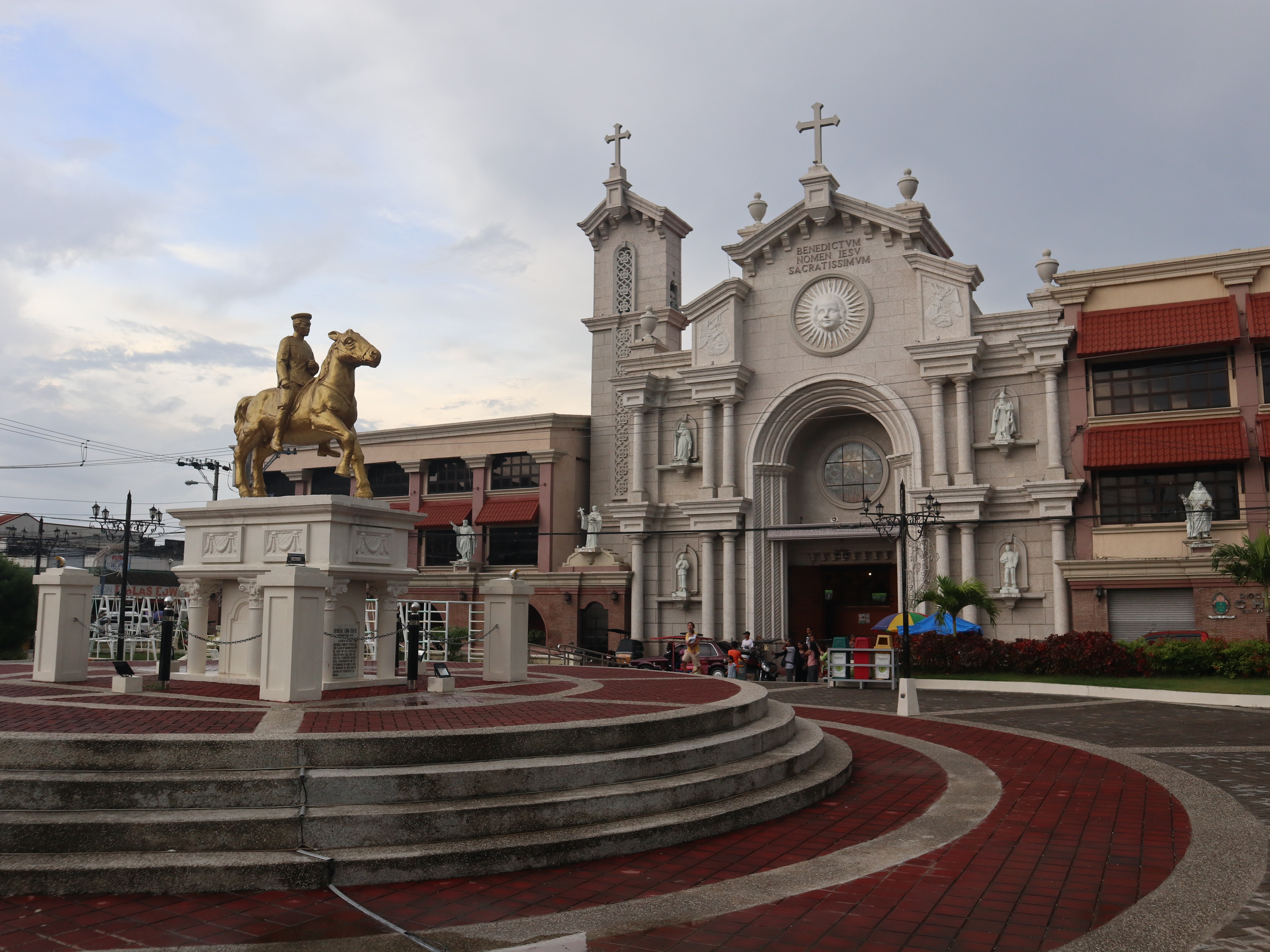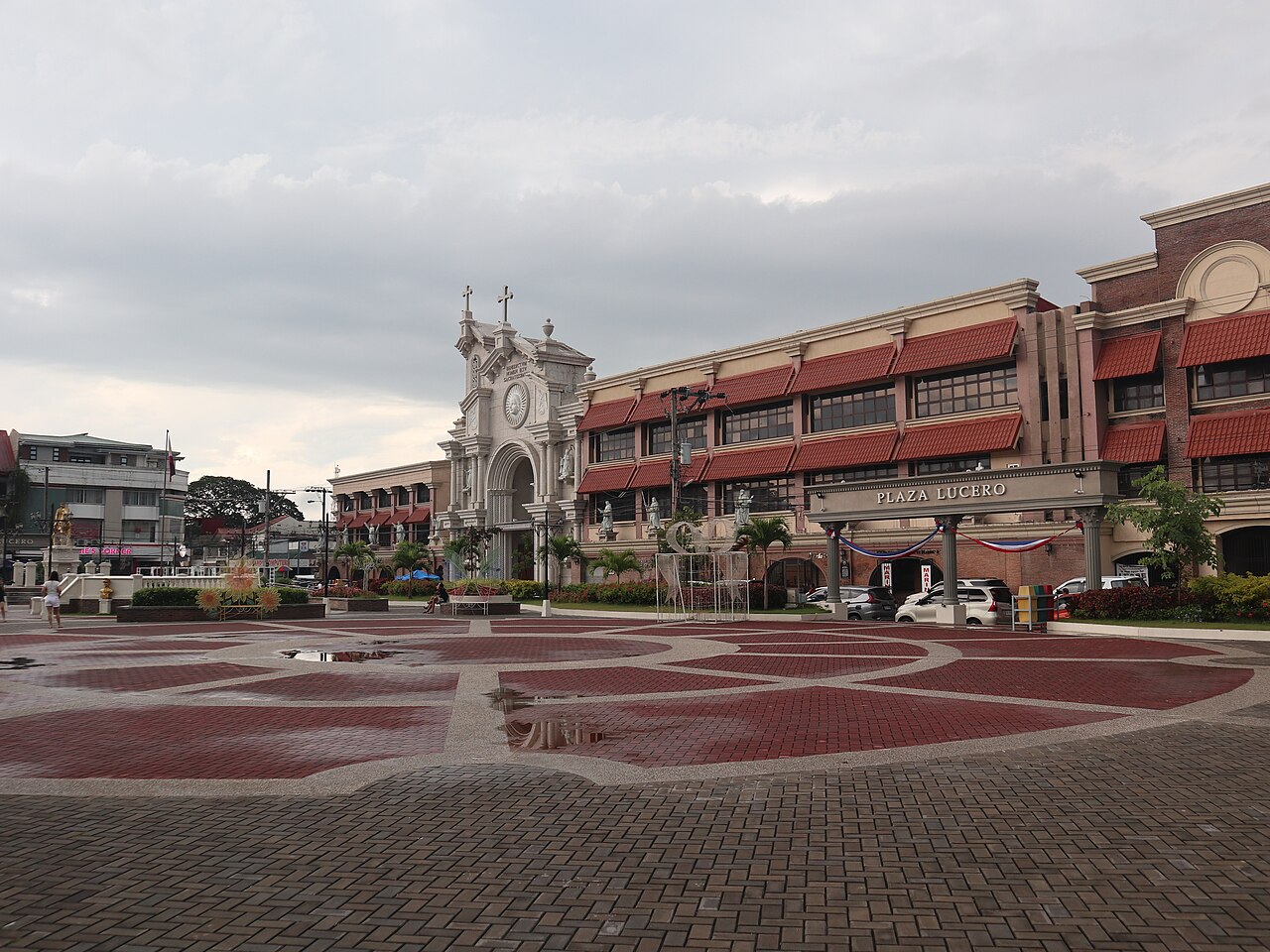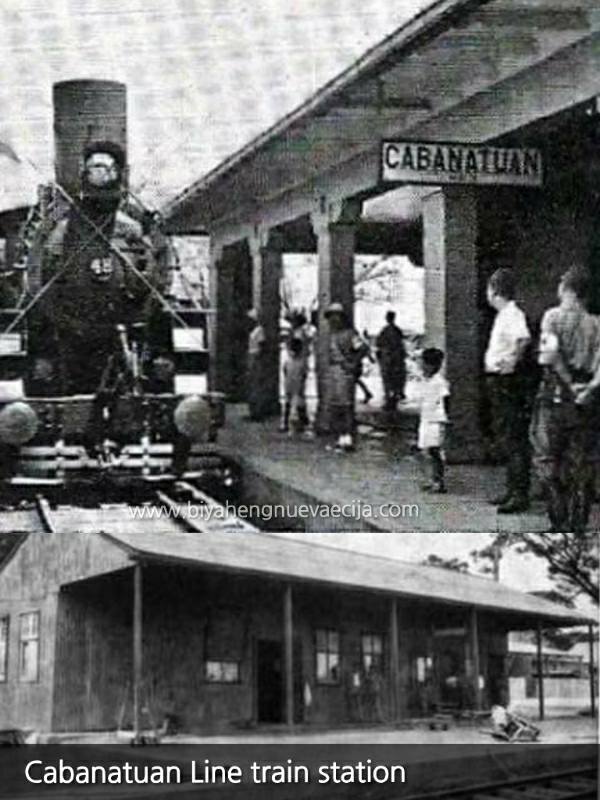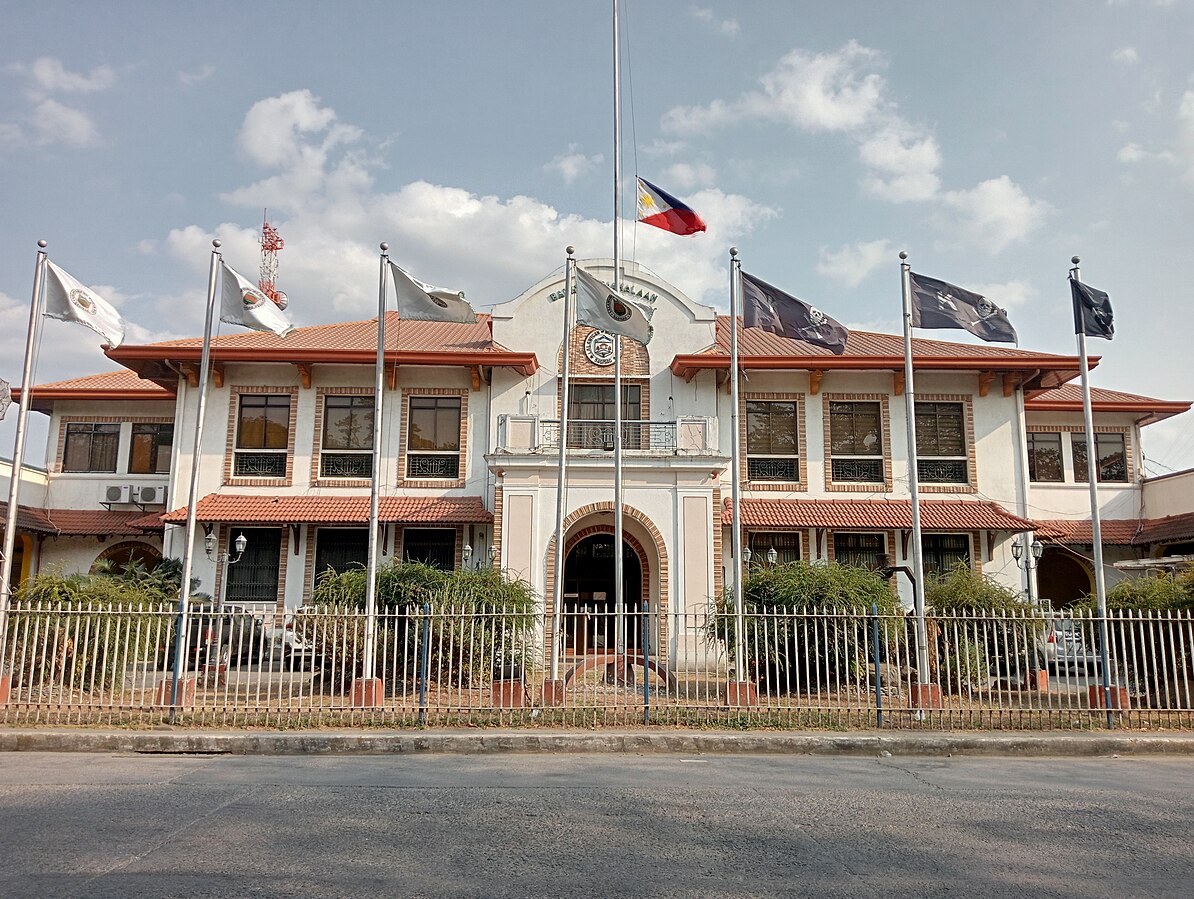Welcome to Cabanatuan City in Nueva Ecija, and welcome to Anthro on Foot's walking tour! This is
a self-paced walking tour that features key heritage sites and cultural highlights in the area. We
hope you enjoy this tour as much as we enjoyed curating it!
Cabanatuan City and its neighboring towns have been home to the Aeta and Dumagat indigenous
communities since time immemorial. These communities traditionally practiced agriculture, hunting,
and gathering for sustenance.
The Aetas are one of the earliest known inhabitants of the Philippines, having resided mainly in
the mountainous regions of Luzon, particularly in Zambales, Tarlac, Pampanga, and parts of Bataan
and Nueva Ecija.
Traditionally, the Aeta were hunter-gatherers, relying on the rich resources of the forests for
their livelihood. They are skilled in using traditional tools for hunting and gathering.
Aeta communities speak various Aeta languages and dialects, which are part of the Austronesian
language family. The languages vary among different Aeta groups.
The Spanish arrived in the Philippines in the 16th century and gradually extended their influence
over various regions, including Nueva Ecija. The process of colonization involved the establishment
of missions and the conversion of the local population to Christianity.
As part of the Spanish administration, settlements were formed, and Cabanatuan eventually emerged
as a town. The establishment of towns often revolved around the construction of churches, which
became centers for religious and administrative activities.
Cabanatuan was established as a barrio of Gapan in 1750. Over time, it evolved into a municipality
and assumed the role of the capital of La Provincia de Nueva Ecija in 1780.
